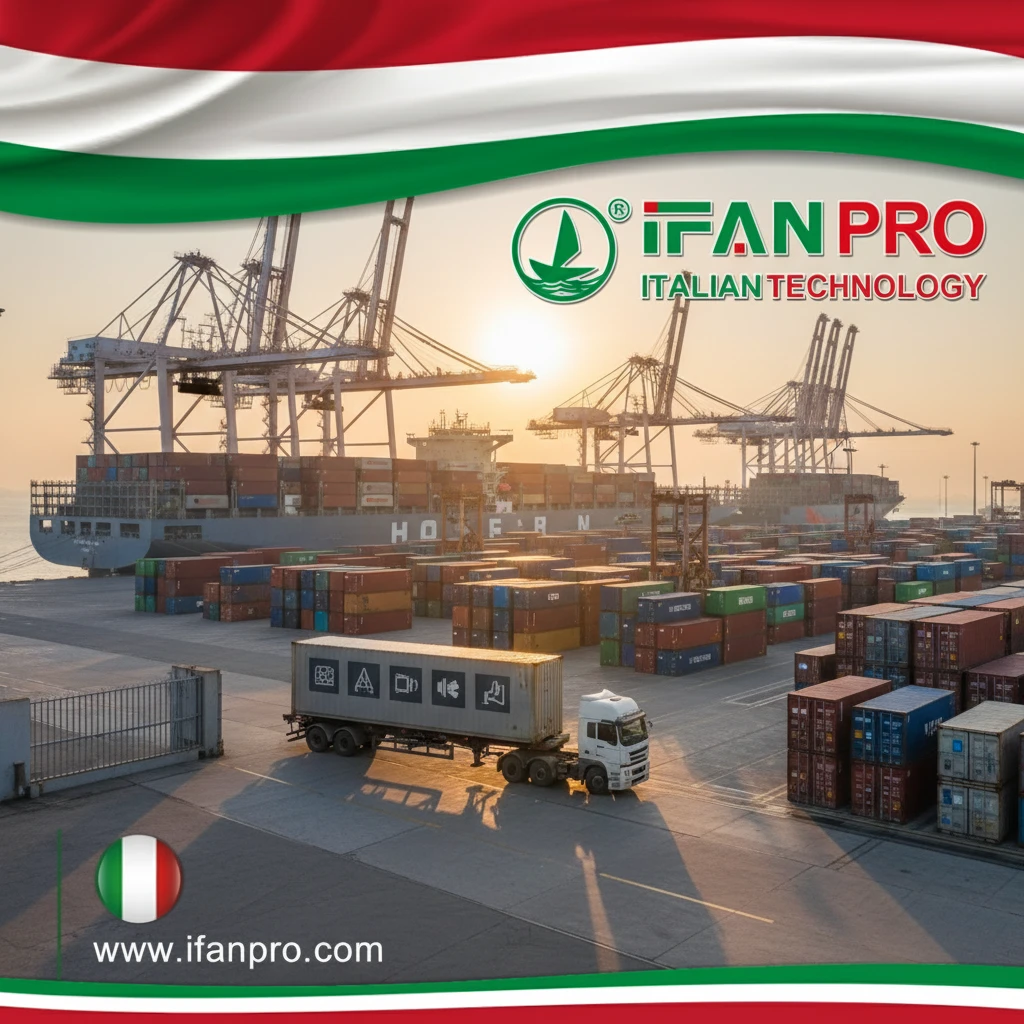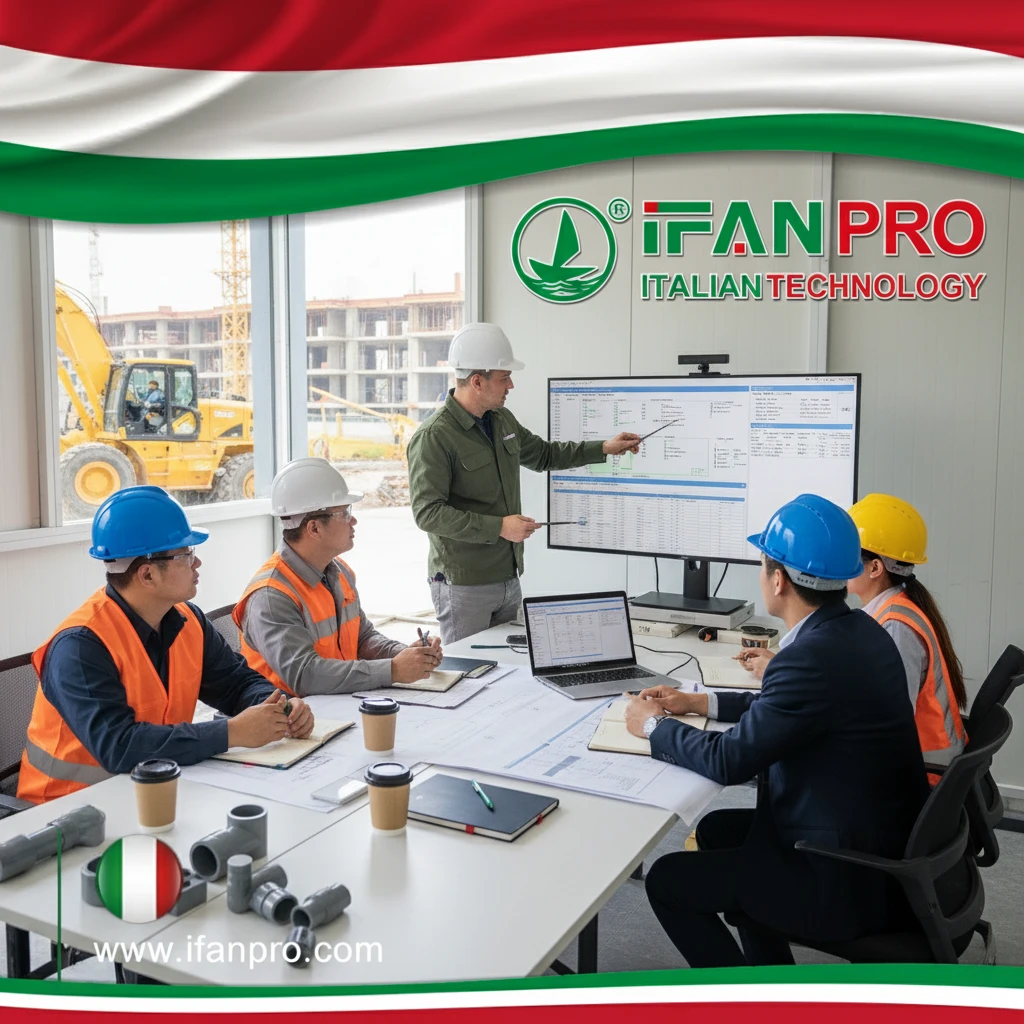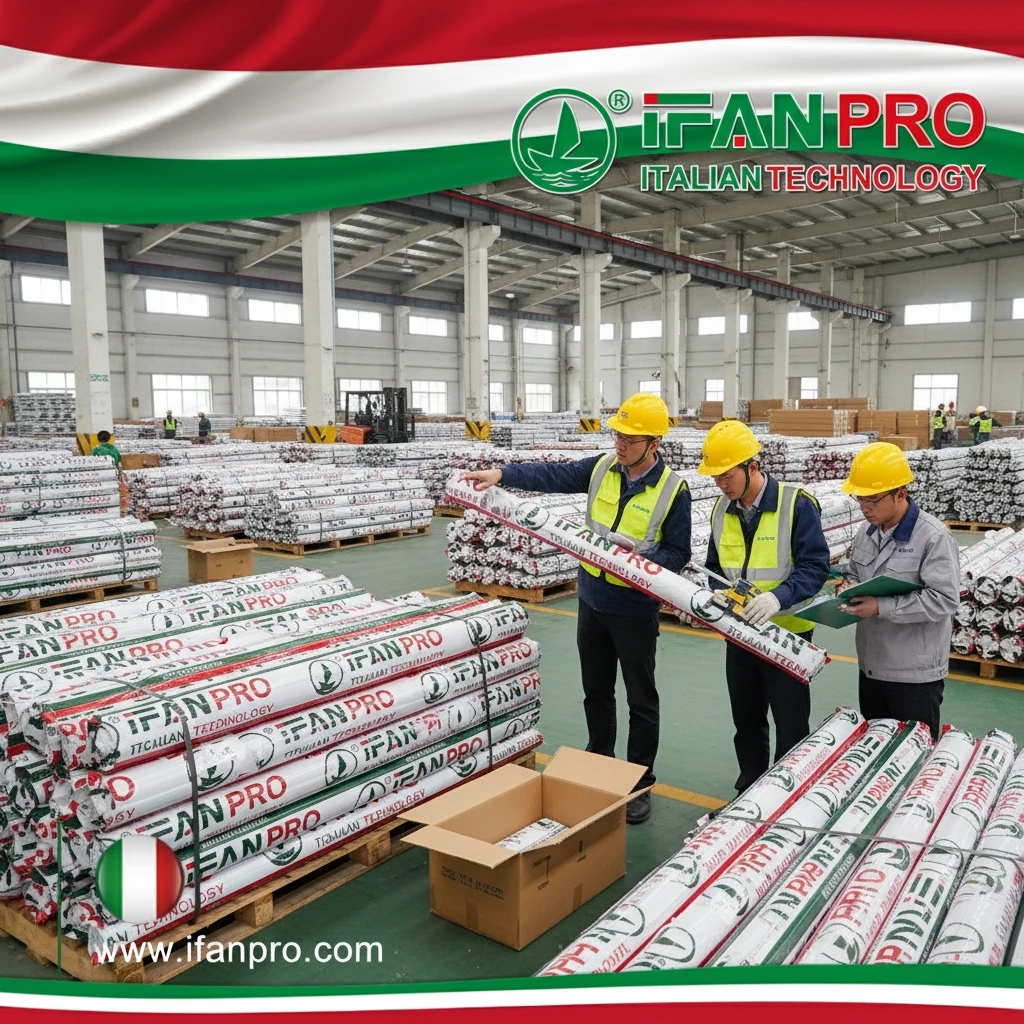While managing a large apartment complex renovation, we compared PVC against traditional metal piping systems. The comprehensive cost analysis revealed that PVC provided 40% savings overall, validating its economic advantages for modern plumbing applications.
PVC’s cost-effectiveness stems from its low material costs, simplified installation process, minimal maintenance requirements, and exceptional durability. These factors combine to deliver significant savings across the entire lifecycle of plumbing systems, making PVC the most economical choice for both residential and commercial applications.
Understanding PVC’s economic advantages helps professionals and homeowners make informed decisions. Moreover, recognizing how these savings accumulate over time demonstrates why PVC dominates modern plumbing markets. Now, let’s examine the specific factors contributing to PVC’s cost efficiency.
How Does PVC’s Low Material Cost Compare to Other Plumbing Pipes?

When budgeting for a commercial project, we discovered that PVC pipe costs were approximately one-third the price of copper equivalents. This substantial price difference allowed us to reallocate funds to other critical project areas without compromising quality.
PVC pipes cost 50-70% less than copper pipes and 30-40% less than PEX alternatives, providing immediate material savings. This price advantage extends to fittings and accessories, with PVC components costing significantly less than their metal counterparts while offering comparable performance for most applications.
Material Cost Breakdown
The raw material economics favor PVC significantly. First, consider that PVC resin derives from salt and natural gas, both abundant and inexpensive resources. This abundant sourcing keeps raw material costs low compared to copper, which faces mining constraints and price volatility. Additionally, the manufacturing process for PVC pipes is highly efficient, utilizing extrusion technology that minimizes production costs.
Furthermore, the price stability of PVC provides budgeting advantages. Unlike copper prices, which fluctuate based on global commodity markets, PVC prices remain relatively stable. This predictability helps contractors accurately estimate project costs without worrying about sudden material price spikes. For example, while copper prices can swing 20-30% within months, PVC typically experiences price variations of only 5-10% annually.
Comparative Cost Analysis
The material cost differences become clear in direct comparisons:
| Material Type | Cost per Foot (1/2″) | Cost Ratio | Additional Savings |
|---|---|---|---|
| PVC Schedule 40 | $0.50-$0.80 | 1x | Lowest fitting costs |
| Copper Type L | $2.50-$4.00 | 5x | Requires expensive solder/flux |
| PEX | $0.70-$1.20 | 1.4x | Needs special connectors |
| Galvanized Steel | $1.50-$2.50 | 3x | Threading increases labor |
What Makes PVC Installation Faster and Cheaper Than Metal Alternatives?
During a tight-deadline hotel project, our team installed PVC drainage systems three times faster than the metal piping in adjacent sections. This installation speed advantage became the deciding factor for meeting our project completion date.
PVC installation requires only simple cutting and solvent welding, unlike metal pipes that need threading, soldering, or specialized equipment. This simplicity allows less experienced workers to achieve professional results, reduces labor hours by 40-60%, and eliminates the need for expensive installation tools and equipment.
Installation Process Comparison
The installation efficiency begins with straightforward preparation. PVC pipes cut easily with basic tools like hacksaws or rotary cutters, while metal pipes often require power cutters or specialized equipment. Additionally, PVC connections use simple solvent cement that creates strong bonds in minutes, compared to soldering copper or threading steel, which require skilled labor and more time.
Moreover, the physical properties of PVC enhance installation speed. Its light weight means one person can easily handle long sections, whereas metal pipes often require multiple workers or lifting equipment. This weight advantage also reduces transportation costs and simplifies on-site material handling. For instance, a 10-foot section of 2-inch PVC weighs about 2 pounds, while the same copper pipe weighs approximately 8 pounds.
Labor Cost Analysis
The labor savings with PVC become substantial on larger projects:
Residential Bathroom Rough-in
- PVC: 2-3 hours, one installer
- Copper: 4-6 hours, may require two installers
- Savings: 50% labor reduction
Commercial Drainage System
- PVC: 20-30 hours for three-person crew
- Cast iron: 45-60 hours for four-person crew
- Savings: 55% labor reduction
How Do PVC’s Durability and Maintenance Needs Reduce Long-Term Costs?
A municipal water system study tracked maintenance costs across different pipe materials over 20 years. The PVC sections required only one-third the maintenance budget of metallic alternatives, demonstrating significant long-term savings.
PVC’s corrosion resistance eliminates the deterioration common in metal pipes, preventing scale buildup, rust contamination, and premature failure. This durability translates to 50-70% lower maintenance costs, extended system lifespan exceeding 50 years, and minimal service interruptions that save both repair expenses and operational downtime costs.
Durability Advantages
PVC’s chemical resistance provides substantial long-term benefits. Unlike metal pipes, PVC doesn’t corrode when exposed to water, soil chemicals, or aggressive environments. This corrosion resistance prevents the gradual wall thinning that plagues metallic systems, maintaining full flow capacity and pressure performance throughout its lifespan. Furthermore, PVC’s smooth interior surface prevents mineral scale accumulation, which can reduce pipe diameter and increase pumping costs in metal systems.
Additionally, PVC’s mechanical properties contribute to its longevity. The material maintains flexibility that helps it withstand ground movement and minor impacts that might crack brittle alternatives. PVC also resists biological growth that can deteriorate other materials. These characteristics combine to create plumbing systems that routinely exceed 50-year service life with minimal degradation.
Maintenance Cost Comparison
The maintenance advantage becomes evident when examining specific areas:
Preventive Maintenance
- PVC: Visual inspections only
- Copper: Regular corrosion checks, anode replacement
- Galvanized: Scale monitoring, rust prevention
Corrective Maintenance
- PVC: Simple replacement of damaged sections
- Copper: Often requires entire system sections
- Cast iron: Difficult cutting and threading
Why is PVC the Most Budget-Friendly Choice for Drainage Systems?
A cost analysis of 100 residential drainage installations revealed that PVC systems averaged 45% less than cast iron alternatives while providing equivalent performance. This economic advantage has made PVC the standard for modern drainage applications.
PVC dominates drainage applications because it combines low material costs with optimal flow characteristics, chemical resistance to household wastes, and simple installation that reduces labor expenses. The smooth interior surface maintains better flow than metallic alternatives, allowing smaller diameter pipes to handle equivalent volumes while costing 40-60% less than cast iron systems.
Drainage-Specific Advantages
PVC’s hydraulic efficiency creates multiple cost benefits. The exceptionally smooth interior surface reduces friction, enabling efficient waste transport with less water. This characteristic allows designers to specify smaller diameter pipes while maintaining performance, creating additional material savings. Moreover, the non-stick surface prevents waste accumulation that leads to clogging, reducing maintenance calls and associated costs.
Furthermore, PVC’s chemical compatibility with common household wastes prevents degradation. The material withstands exposure to cleaning chemicals, soaps, and other substances that might corrode metal pipes. This resistance ensures long-term performance without the gradual deterioration that affects metallic drainage systems. For commercial kitchens and laboratories where chemical waste is common, this advantage becomes particularly valuable.
Total Cost of Ownership Analysis
When evaluating drainage systems, consider these financial factors:
| Cost Factor | PVC Advantage | Financial Impact | Long-Term Benefit |
|---|---|---|---|
| Initial Material | 40-60% lower than cast iron | Immediate savings | Higher project ROI |
| Installation Labor | 50-70% faster installation | Reduced labor costs | Earlier project completion |
| Maintenance | Minimal cleaning needs | Lower operating costs | Reduced lifecycle expense |
| System Longevity | 50+ year lifespan | Delayed replacement | Future cost avoidance |
Conclusión
PVC’s cost-effectiveness in plumbing stems from its competitive material pricing, rapid installation process, minimal maintenance requirements, and exceptional durability in drainage applications. These economic advantages make PVC the optimal choice for budget-conscious projects without compromising performance or longevity, delivering superior value across residential, commercial, and industrial applications throughout the entire system lifecycle.













Comentarios recientes